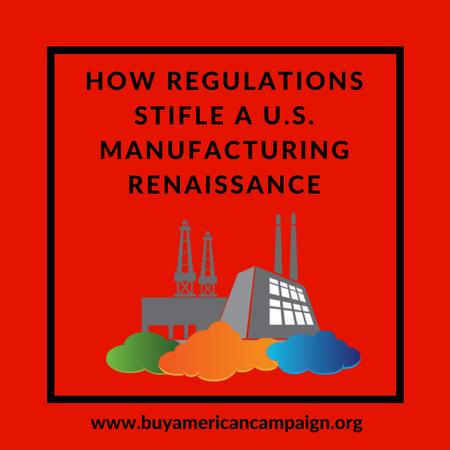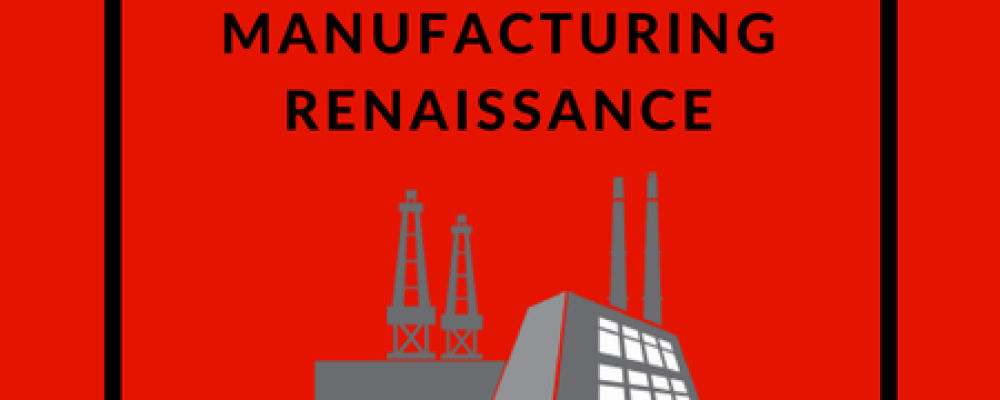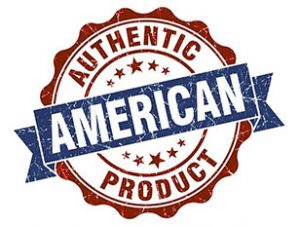 There is an outstanding report regarding the current predicament of America’s manufacturers. It was recently issued by the author Mark P. Mills of the Manhattan Institute. Below is an abstract of that report. There is a link at the end of the article that will take you to the full report.
There is an outstanding report regarding the current predicament of America’s manufacturers. It was recently issued by the author Mark P. Mills of the Manhattan Institute. Below is an abstract of that report. There is a link at the end of the article that will take you to the full report.
The conditions are ripe for a boom in American manufacturing, especially in high-tech, high-value-added sectors, including semiconductors, pharmaceuticals, refined hydrocarbons, chemicals, and cloud infrastructure. Moreover, considering energy costs, property rights, and the quality of its workforce, the U.S. remains one of the world’s most competitive places to do business.
It is true that some manufacturers have fled the U.S. and many won’t return—and 30% fewer Americans are employed in manufacturing now as compared with two decades ago. But the conventional wisdom that American manufacturing is destined for extinction is false.
There are obstacles standing in the way of a manufacturing revival. High corporate taxes are one, and unfavorable trade deals are another. But the biggest single drag on U.S. manufacturing has been the decades-long encroachment of the regulatory state—with an army today of 300,000 regulators and an annual budget of $60 billion.
How Regulations Stifle a U.S. Manufacturing Renaissance Click To TweetComplying with regulations costs America’s manufacturers an average of $20,000 per employee per year, twice as great a burden as for other businesses. For the smallest manufacturers (i.e., those with fewer than 50 employees), that annual cost is $35,000 per employee per year. In surveys, America’s manufacturers routinely rank regulatory burdens as the top impediment to growth; a large majority also say that regulatory burdens are higher in America than in other nations.
If you are in anyway curious or concerned about the current state of America’s manufacturers and where they are heading, it is highly recommended you read the article.
https://www.manhattan-institute.org/sites/default/files/R-MM-0617.pdf
| If you like what you see and think this post would be of interest to someone, please share |
[apss_share] |








